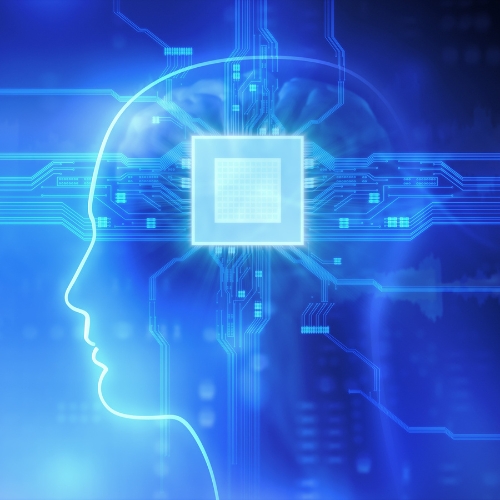Key points from article :
A brain-implant system trained to decode the neural signals for handwriting from a paralyzed man.
Worked with a BrainGate2 participant who has a spinal injury, is able to talk, and has a sensor in brain associated with hand movement.
Trained network enabled to type up to 90 characters per minute with 94.1% accuracy.
Patterns for letters are more distinct, making them easier for a neural network to decipher.
Devised their own 26-letter alphabet...would enable a more accurate BCI by eschewing letters that are written similarly.
Improvements would be needed to make it ready for clinical use.
"..making it smaller and capable of wireless signal transmission," - Jaimie Henderson, study coauthor.
Needed to regularly calibrate to account minute shifts in the positions of sensors.
“One of our big goals...is to tackle the problem of understanding speech and decoding it into both text and spoken word,” - Henderson.
Study by Stanford University published in Nature.





